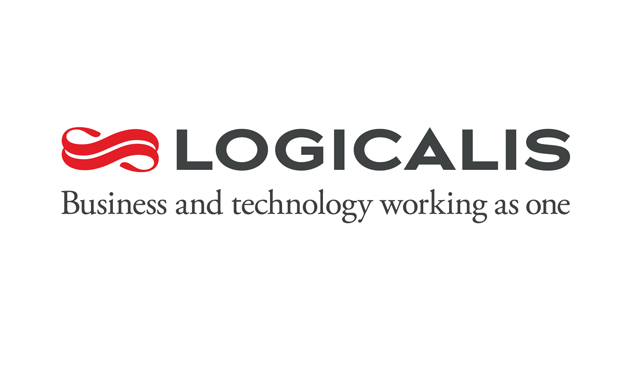New Software Defined Data Center Practice from Logicalis US
Enterprise CIOs are at an important crossroads: Where hardware purchases, application support, and day to day management once consumed the majority of their time and attention, their focus is now shifting to providing a seamless IT experience to their users. This IT experience embodies the “third platform” analysts have described as the convergence of mobile and cloud computing together with social media and big data. To help enterprise clients move through this transition, Logicalis US, an international IT solutions and managed services provider (www.us.logicalis.com), today unveiled its new Software Defined Data Center (SDDC) practice, a business unit created for the sole purpose of helping CxOs leverage their existing technology investments while adding a software and services layer to aid them as they move toward and embrace technology’s third platform.
Hardware still plays a pivotal role in the third platform, but the focus and attention in IT will shift to employing the software and services that can deliver greater business agility, faster time to market, increased corporate efficiencies, and a lower total cost of ownership. Experts say driving this kind of business value requires a services-led approach to IT, something that starts with the implementation of a software-defined data center. With the addition of its new SDDC practice, Logicalis US is ready to assist clients from end to end along this IT transformation journey.
“By creating this SDDC practice, we can help our clients make the vision of the service-defined enterprise a reality,” says David Angradi, Director, SDDC Solutions, Logicalis US. “People have the mistaken interpretation that moving to the third platform requires a rip-and-replace strategy or a complete shift to open source. While in some cases that may be true, for the vast majority of our clients, our new SDDC practice will focus on helping clients significantly increase the use of their existing hardware and software investments to achieve higher value for the organization as a whole.”
Expressing this higher value requires a change in the data center – a change that rests squarely on the inevitable convergence of networking, storage and server virtualization, all things that savvy CIOs have been steadily working toward over the past few years. “The software-defined data center is the technological culmination of the IT transformation journey IT professionals have been following and adopting for several years now,” says Troy Vetter, Senior Director, SDDC, Logicalis US. “SDDC is a significant step forward in automating the data center. It provides the foundation for the third platform and the integration of IT services into a SaaS model, paving the way for a fully service-defined enterprise with an IT focus on ‘user experience.'”
In the third platform, while hardware will still provide the underpinning just as it has always done, software and services will become the critical tools in the CIO’s toolbox. The IT department won’t spend as much time managing data center infrastructure, but will instead be focused on delivering applications and information to business users, partners and their customers. Having a software-defined data center will allow for a high-performance dev-ops strategy that delivers business agility leveraging hybrid cloud deployment models.
Four Reasons Logicalis SDDC Makes Sense
When asked about the advantages of a software-defined data center, many experts spout the utopian ideals of agility, time-to-market, efficiency and total cost of ownership. These ideals, however, can become realities for the enterprise willing to take the time to honestly assess where it is along the IT transformation journey as well as where it wants to go.
Greater Business Agility: A software-defined data center can take manual processes that previously required days or even weeks to accomplish and make them push-button exercises that can be delivered in a matter of hours or even minutes. This gives organizations the ability to pivot quickly to fulfill changing business demands, adjusting their IT services to meet market conditions.
Faster Time-to-Market: Nowhere is the importance of time-to-market more clear than among software providers. The days of large applications being updated every 12 to 16 months are gone now; people want new, updated apps every few weeks instead. Having the technology they need at the ready to create new versions of their software and get those versions to market faster is the difference between success and failure in a world where timing really is everything; a software-defined data center gives them the technological tools they need to enhance their business capabilities when they need them, on demand.
Increased Corporate Efficiencies: Every CIO is more than familiar with the “do more with less” mantra that is so pervasive in corporate America today. But as computing needs increase, so too do the resources IT requires to deliver those services. It takes people to manage these growing compute resources, as well. With SDDC, however, increased headcount can be kept to a minimum, preserving costs while delivering an expanding and very efficient IT infrastructure ready to meet the right-now demands of today’s corporate IT user.
Lower Total Cost of Ownership: Being able to take advantage of public cloud resources and consume those IT services as they’re needed gives enterprise IT departments the flexibility to deliver the technology tools their business users want, when they want them, yet without having to build and manage the infrastructure required to deliver those capabilities in house.


